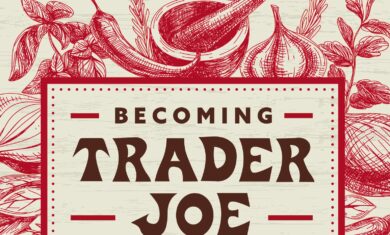First Principles Thinking is a mental model that encourages you to boil down questions and ideas to their most basic form, and then go from there.
An example from Elon Musk (shared by Catherine Clifford on CNBC) explains his take on it:
Musk used the cost of batteries as an example. “People would say, ‘Historically it’s cost $600 per kilowatt-hour, and so it’s not going to be much better than that in the future.’ And you say, ‘No, what are the batteries made of?’ First principles means you say, ‘Okay, what are the material constituents of the batteries?’
“You just have to think of clever ways to take those materials and combine them into the shape of a battery cell, and you can have batteries that are much, much cheaper than anyone realizes.”
Another great example comes from Tim Urban, explaining how a chef often uses first principles thinking, while a cook relies more on processes and memorization:
The words “cook” and “chef” seem kind of like synonyms. And in the real world, they’re often used interchangeably. But in this post, when I say chef, I don’t mean any ordinary chef. I mean the trailblazing chef—the kind of chef who invents recipes. And for our purposes, everyone else who enters a kitchen—all those who follow recipes—is a cook.
The chef reasons from first principles, and for the chef, the first principles are raw edible ingredients. Those are her puzzle pieces, her building blocks, and she works her way upwards from there, using her experience, her instincts, and her taste buds.
The cook works off of some version of what’s already out there—a recipe of some kind, a meal she tried and liked, a dish she watched someone else make.
Urban is careful to point out that there is nothing wrong with simply being a “cook”, as there is certainly a need for it. However, if you want to push ahead and make a difference, taking the first principles approach like a chef will lead to you great new places.
If you struggle with breaking something down into a small enough piece, the five whys can be a great way to keep digging deeper and deeper until you hit that initial level, and then you can work up from there.




